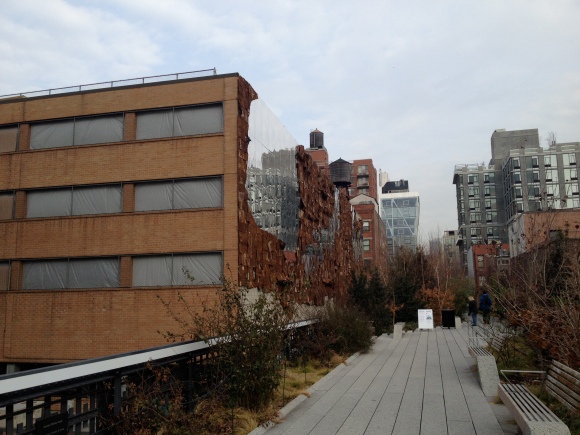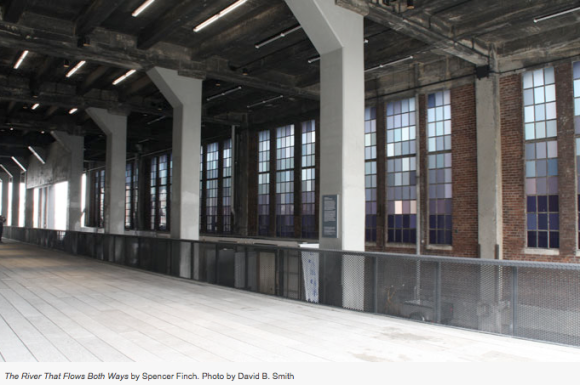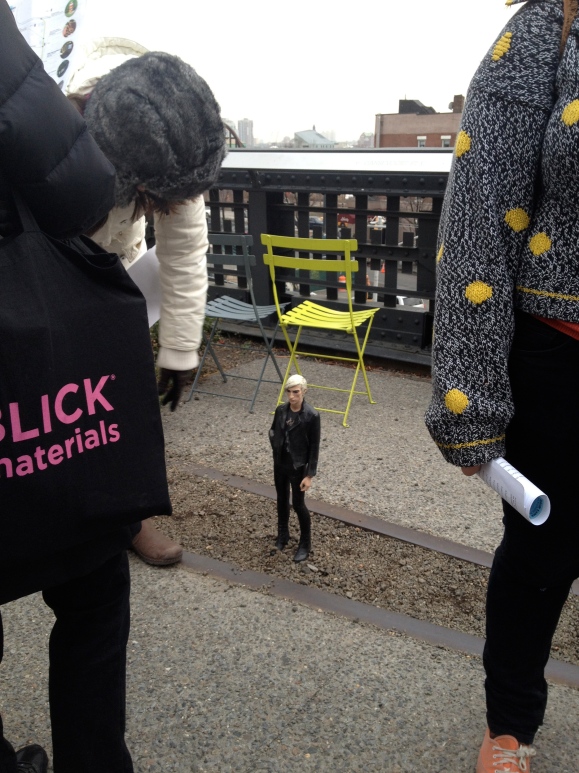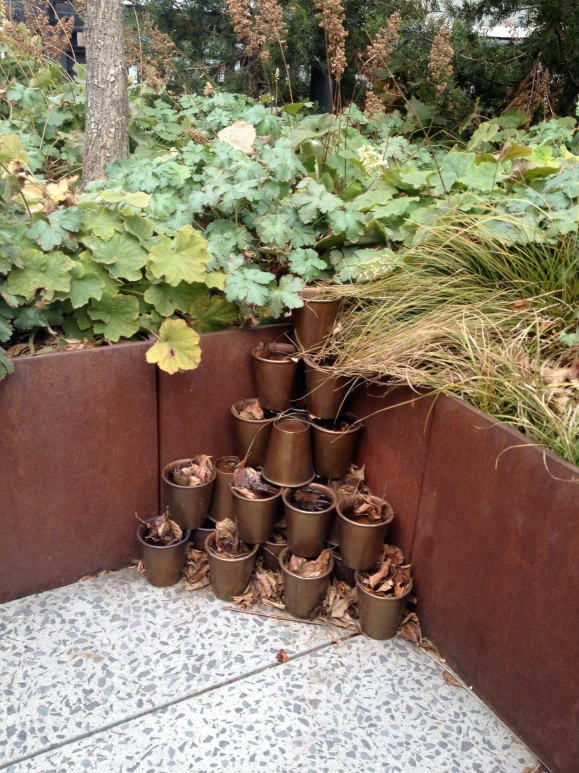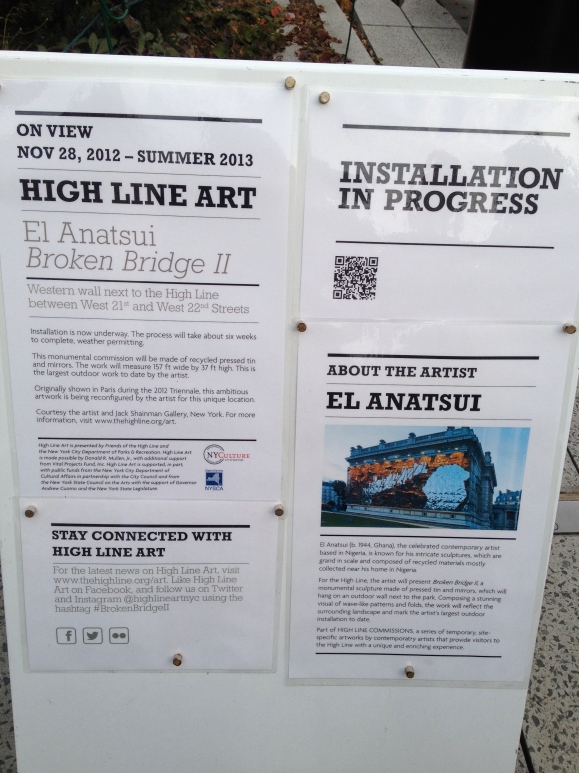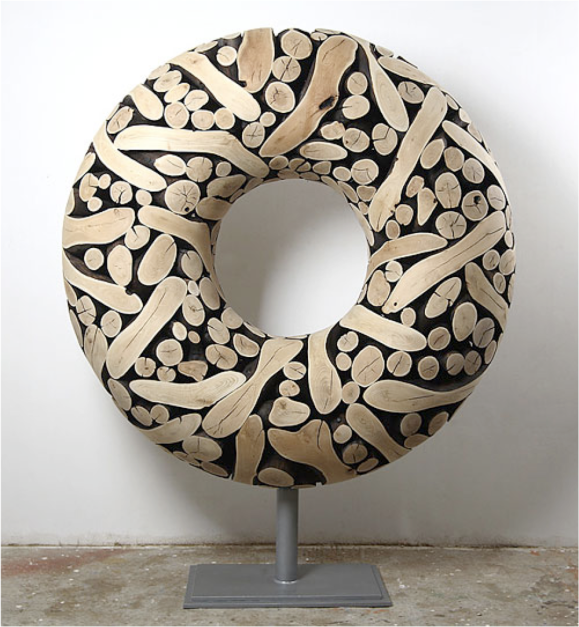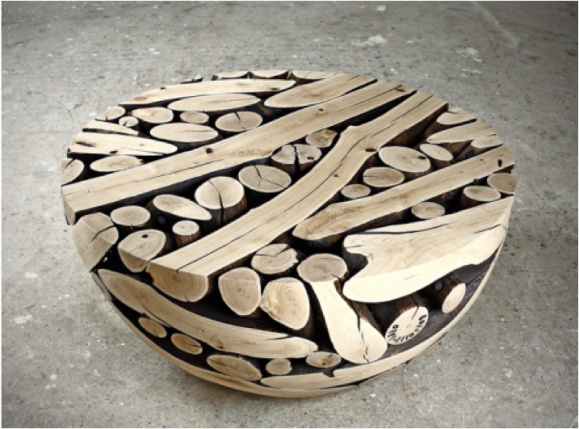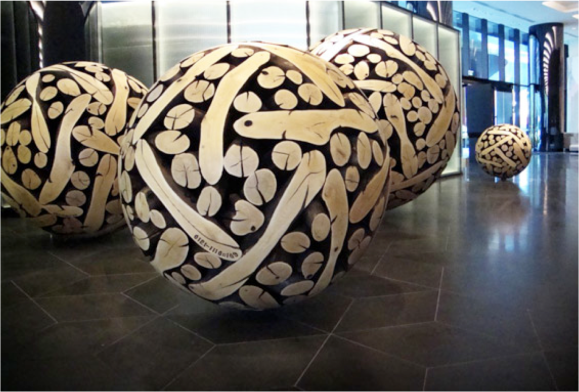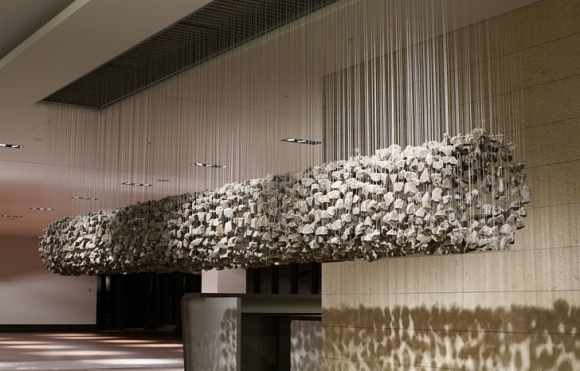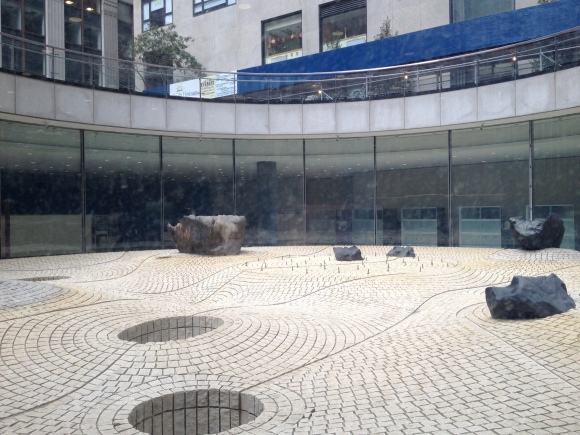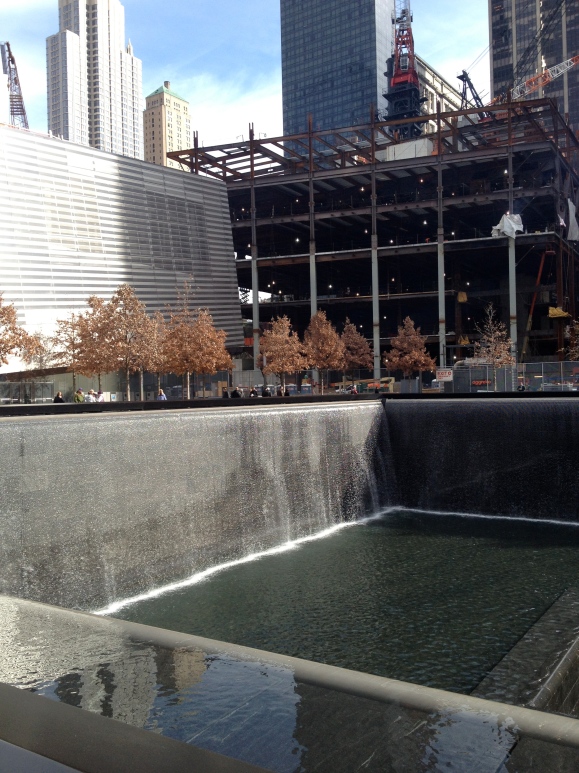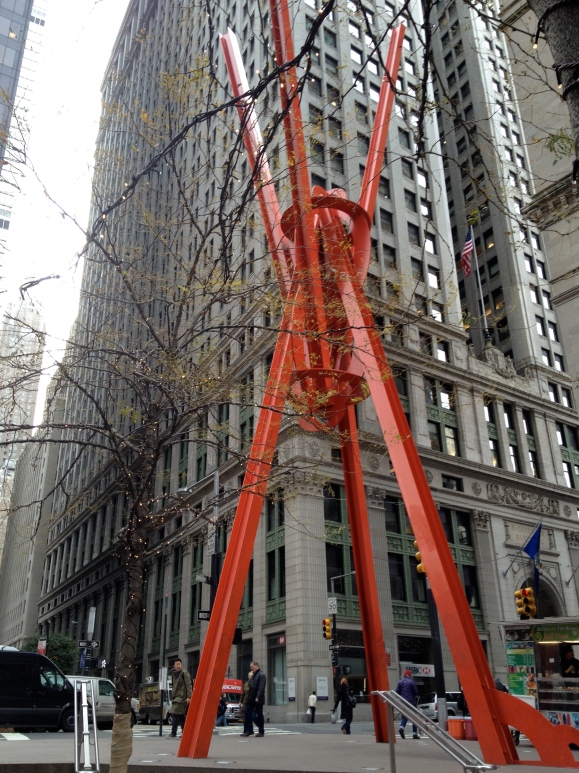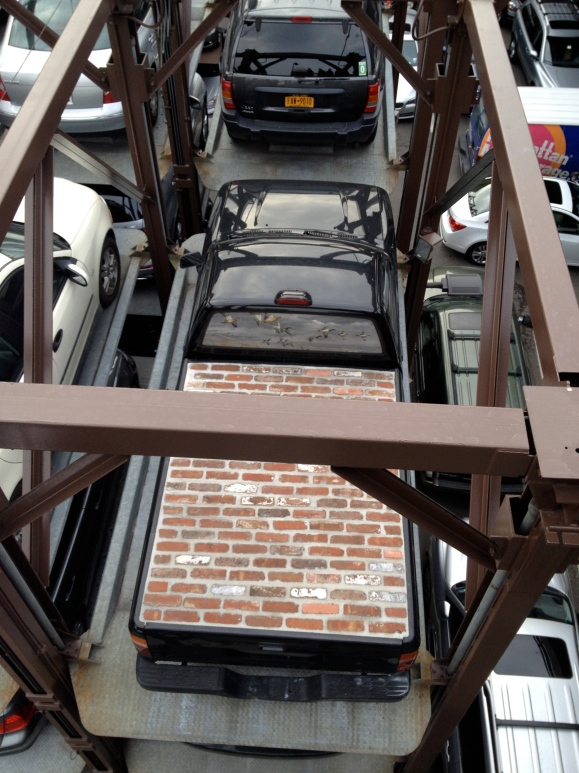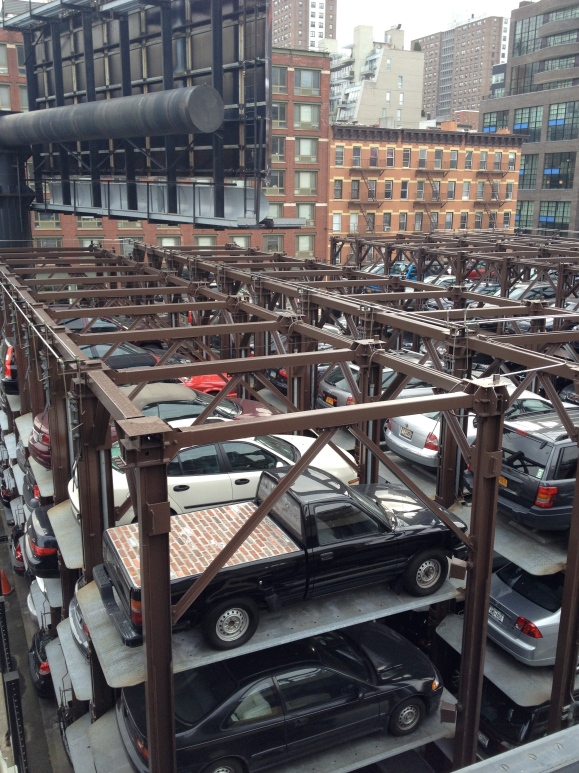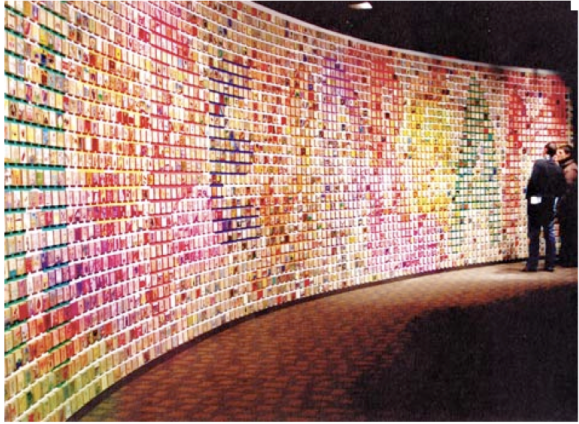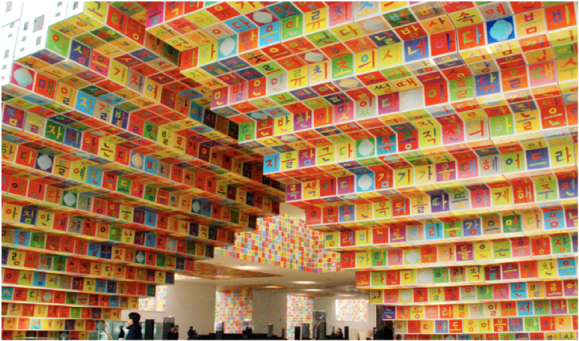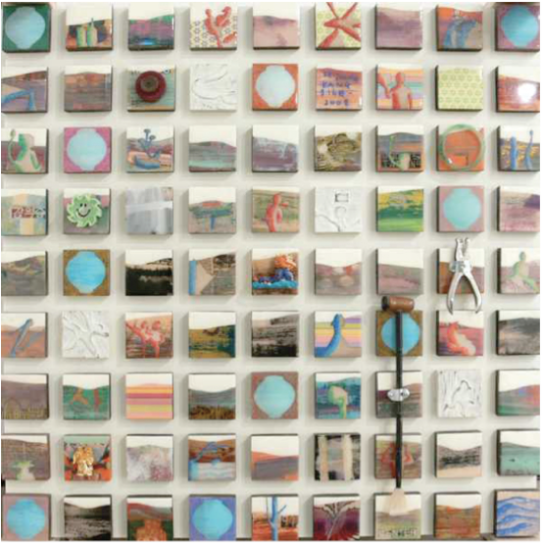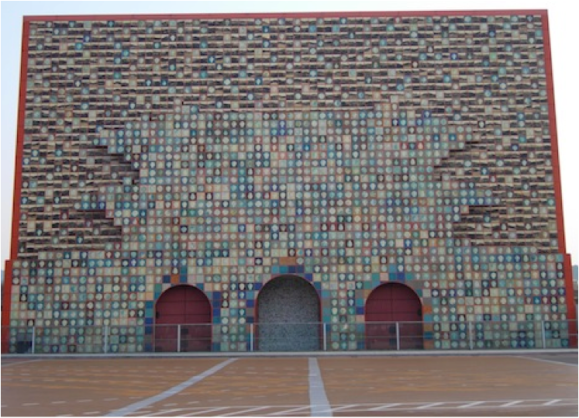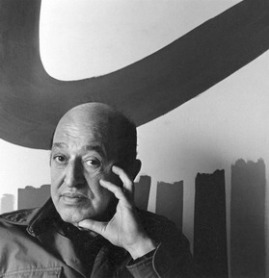15- Final Response: Blog
Jennifer Jeong
I first signed up for this class because of its title- Sculpture and the Public Imagination. My works mostly consisted of three dimensional paintings and drawings therefore I wanted to get an actual hold of information on other sculptors and sculptures. I hadn’t really had an idea of what was out there at least with the sculptures now. When I first started going to class, I thought it was going to be just a boring lecture in the classroom looking at sculptures on the PowerPoint. However, that thought came to an end pretty soon. We had more field trips then we had class and I enjoyed and learned so much more from just that experience. I also got to actually learn famous and amazing sculptors whom I never even knew of.
When we did have class, the class was never boring. Our professor made everything interesting and got a lot of the students involved. I thought the class had a very good back and forth discussions and it was really nice having discussions about our weekly blog posts. I also enjoyed having reading leaders because we were not listening to what our professor just had to say but from another point of view from the chosen student. I was glad to have shared my thought when I had to do the readings for Maurizio Cattelan. I think the blog posts helped more to get to know the works at the field trip more because I had to dig deeper to write about them. However, it did get a little hard to keep up with them from time to time.
Even with the challenge of getting up real early on a Friday morning, I really enjoyed the Noguchi Museum visit, MoMa, the Highline, and the lower Manhattan trip. The highlight of this class was I think the visit to the Noguchi Museum. I never even knew there was such museum in New York. Although the museum was a bit far, I fell in love with the peaceful atmosphere as soon as I entered the museum. This gave me a different perception on museums and how it could be a private space of an artist. This class actually gave me a chance to appreciate and learn about sculptures that we pass by everyday without any acknowledgment. I learned how site-specificity is important to the sculptures also. I also felt that the site could affect the sculpture either negatively or positively.
An issue that we discussed in class was the relationship between sculptures and the public. I thought the main issue was how public sculptures were exposed to the public yet most times exposed very unsuccessfully. I could not find one proper signage at the Highline or the lower Manhattan sculptures for example and I thought that this was very upsetting because public sculptures can have so much more potential for educating the people if it is done the right way. I had a friend who lived right on Wall street and never knew what the sculptures were and who they were by. Also I have been to the Highline a number of times but it was during the field trip when I noticed that I had passed by more than half of them without knowing they were even pieces by a group of artists. I believe that the public sculptures when poorly publicized and labeled could make art a waste because nobody cares because they do not understand why it is there, or what it is. Now that I know that these problems are issues of public sculptures today, I immediately look for more information when I am passing by the sculptures. Now that I know, I want to understand and actually look out for the sculptures because I am used to it now.
I think this class really opened my eyes to the public sculptures as well as sculptures that have been around in history and today. I believe my apathy towards whatever information there is for sculptures turned in to acknowledgement and interest. I’ve been to so many places to look at art this semester and hopefully I could continue my blog about my findings throughout New York.
